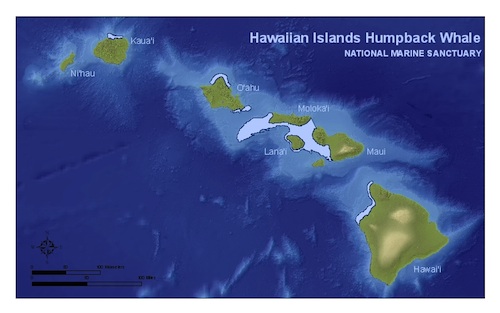5th vote in Dixfield retains embattled wind ordinance
Default, Human impacts, News, Wind turbines Comments Off on 5th vote in Dixfield retains embattled wind ordinance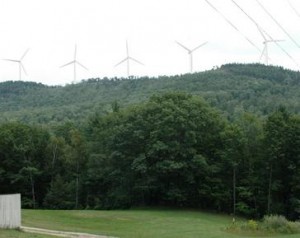 You really need to have a history degree to keep track of the twists and turns in the 4-years-and-counting Dixfield Wind Energy Saga. Ever since the adoption of a wind ordinance in 2012, local citizens, Planning Board, and Selectmen in this Maine town have been proposing revisions that have been rejected by voters. The 2012 ordinance, which still stands, includes a 2000-foot setback and noise limits in accordance with state standards of 55dB day/42dB night. In both 2013 and 2015, the updated ordinances contained some stricter standards (both include low-frequency standards and the 2015 one would have doubled the setbacks and lowered the night noise limit to 35dB), but both times the voters narrowly rejected the changes. Local officials have remained concerned that some of the zoning language in the 2012 ordinance is unenforceable, and this spring, they once again took a shot at finding a middle ground by resubmitting the language they liked in the 2015 attempt, but tweaked to return the noise limits to the state standard; as one Planning Board member put it, “The vote on the proposed wind power ordinance has provisions that both sides dislike. Maybe that makes it a reasonable compromise.” But that, too, failed to win support in a June 2016 vote. These 2012-2016 votes were all narrow victories for the pro-windfarm contingent in town, which maintained that the setbacks would preclude development and the low-frequency noise requirements would require cumbersome monitoring.
You really need to have a history degree to keep track of the twists and turns in the 4-years-and-counting Dixfield Wind Energy Saga. Ever since the adoption of a wind ordinance in 2012, local citizens, Planning Board, and Selectmen in this Maine town have been proposing revisions that have been rejected by voters. The 2012 ordinance, which still stands, includes a 2000-foot setback and noise limits in accordance with state standards of 55dB day/42dB night. In both 2013 and 2015, the updated ordinances contained some stricter standards (both include low-frequency standards and the 2015 one would have doubled the setbacks and lowered the night noise limit to 35dB), but both times the voters narrowly rejected the changes. Local officials have remained concerned that some of the zoning language in the 2012 ordinance is unenforceable, and this spring, they once again took a shot at finding a middle ground by resubmitting the language they liked in the 2015 attempt, but tweaked to return the noise limits to the state standard; as one Planning Board member put it, “The vote on the proposed wind power ordinance has provisions that both sides dislike. Maybe that makes it a reasonable compromise.” But that, too, failed to win support in a June 2016 vote. These 2012-2016 votes were all narrow victories for the pro-windfarm contingent in town, which maintained that the setbacks would preclude development and the low-frequency noise requirements would require cumbersome monitoring.
Now a 5th vote in November 2016 has once again rejected a change, this time a proposal to simply nullify the 2012 town ordinance and let the state regulate the wind farms, which is now the preferred option by those who want the town to get out of the way and let the wind farm proceed. It was once again very close, 616-642 (14 switched votes would have changed the outcome), and I guess it marks the first loss by the pro-wind group, but no one will be happy with the outcome—local officials still say the 2012 version is unenforceable and advocates for greater local control have repeatedly pushed for more stringent standards. So the merry-go-round will continue spinning, the gold ring still out of reach for all concerned.
For a recap of the tortured history, click on through to read the post I put together in June 2015 recounting the events up till then—including, in fact, a vote recount that dramatically overturned the one previous victory by the more cautionary contingent.

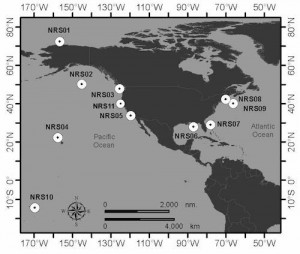
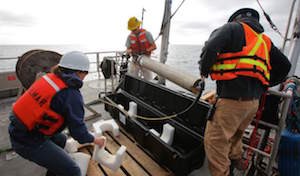 The most recent deployment
The most recent deployment 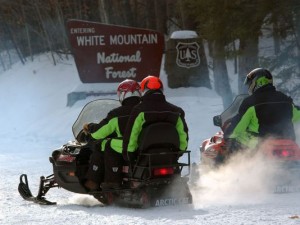
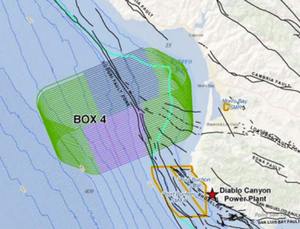 The survey
The survey 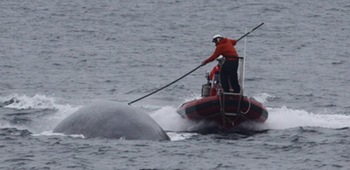 As usual, Brandon Southall is
As usual, Brandon Southall is 